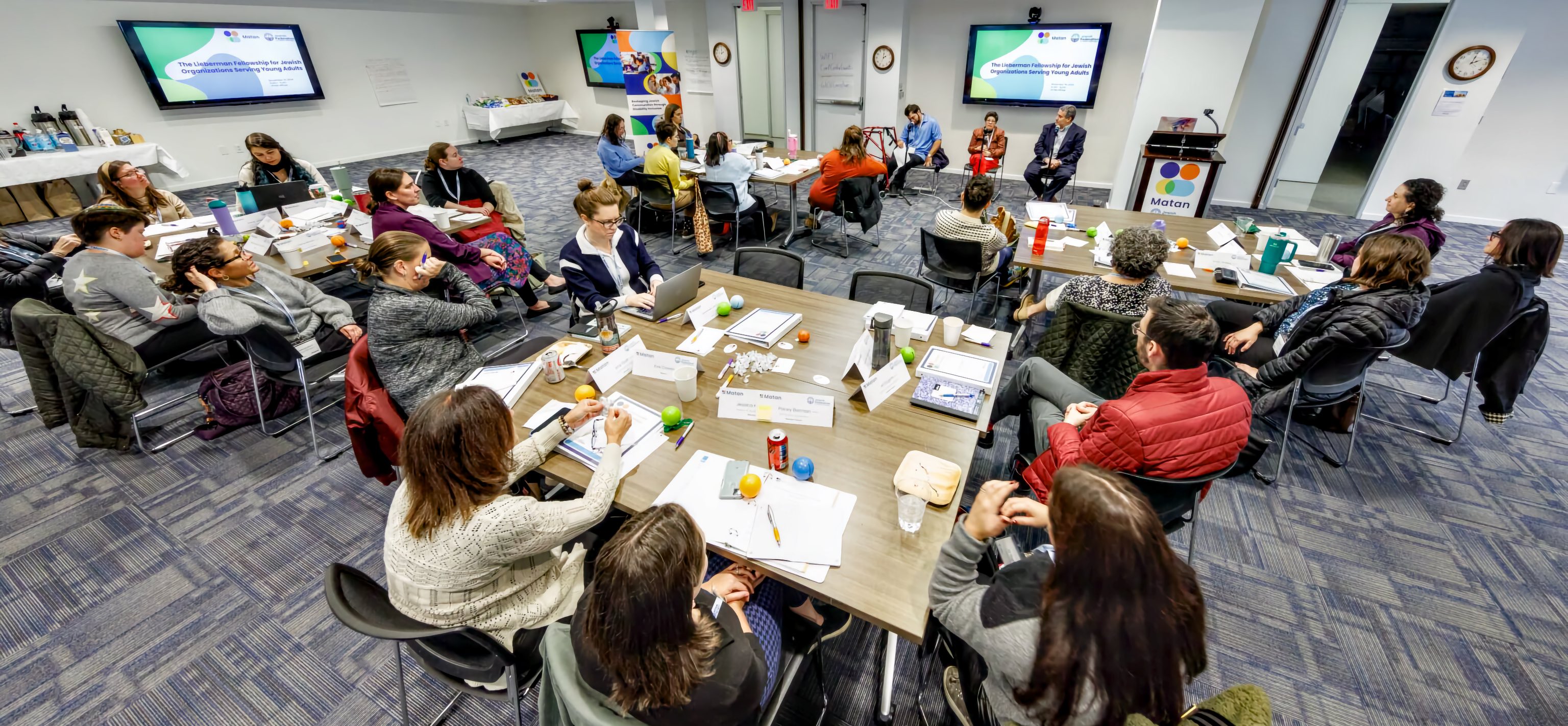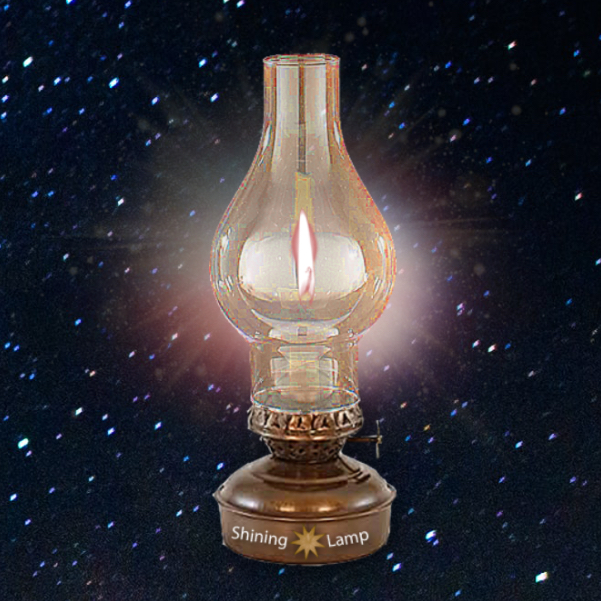Striving to remove barriers that prevent us from building Vibrant, Diverse, Inclusive, Accessible Communities!

Meredith Englander Polsky’s reflection on 25 years of advocacy with Matan underscores a powerful truth: removing barriers that prevent full participation for People with Disabilities is essential to building vibrant, diverse, inclusive, accessible communities. Jewish life must reflect the full spectrum of humanity, including People with Disabilities—who are also members of other historically excluded groups. While meaningful progress has been made through educator training and inclusive design, too many Jewish institutions still treat accessibility and inclusion as an afterthought, rather than a foundational responsibility rooted in justice, kindness, and the belief that all people are created b’tzelem Elohim.
This article calls us to move beyond passive inclusion. Inclusion must no longer be optional or temporary—it must be embedded in every facet of community life: rabbinical training, hiring practices, leadership development, and lifecycle rituals. We must stop asking if inclusion is possible and start asking what becomes possible because of removing systemic barriers. By recognizing intersectional identities—Jews with Disabilities who are also LGBTQ+, Jews of Color, immigrants, elders, and children—we honor the richness of our community and affirm that accessibility and inclusion are not just about presence, but about full belonging.
As we reflect on the urgency of this work, we are reminded that inclusion is not a destination but an active, ongoing process. It demands continual reflection, action, and accountability. Every Jewish institution must ask, “Who is missing from our table—and why?” and “What are we doing to change that?” Removing barriers is not a favor. It is a requirement for fostering vibrant, inclusive communities where Blind People and all People with Disabilities can thrive in their communities. We must confront systemic ableism and embed International Accessibility Standards into our planning, decision-making, and community building.
If we truly believe in the sacred worth of every person, our actions must reflect it. Let this be the moment when our synagogues, schools, and communal organizations fully commit to accessibility and inclusion—not just in words, but in practice. We are not done—and we must go further. Read this compelling article and join us in Striving to remove barriers that prevent us from building Vibrant, Diverse, Inclusive, Accessible Communities!
Read the Full Article: Disability inclusion is Jewish inclusion — and we’re not done yet
by: Meredith Englander Polsky
Share or Print with:

